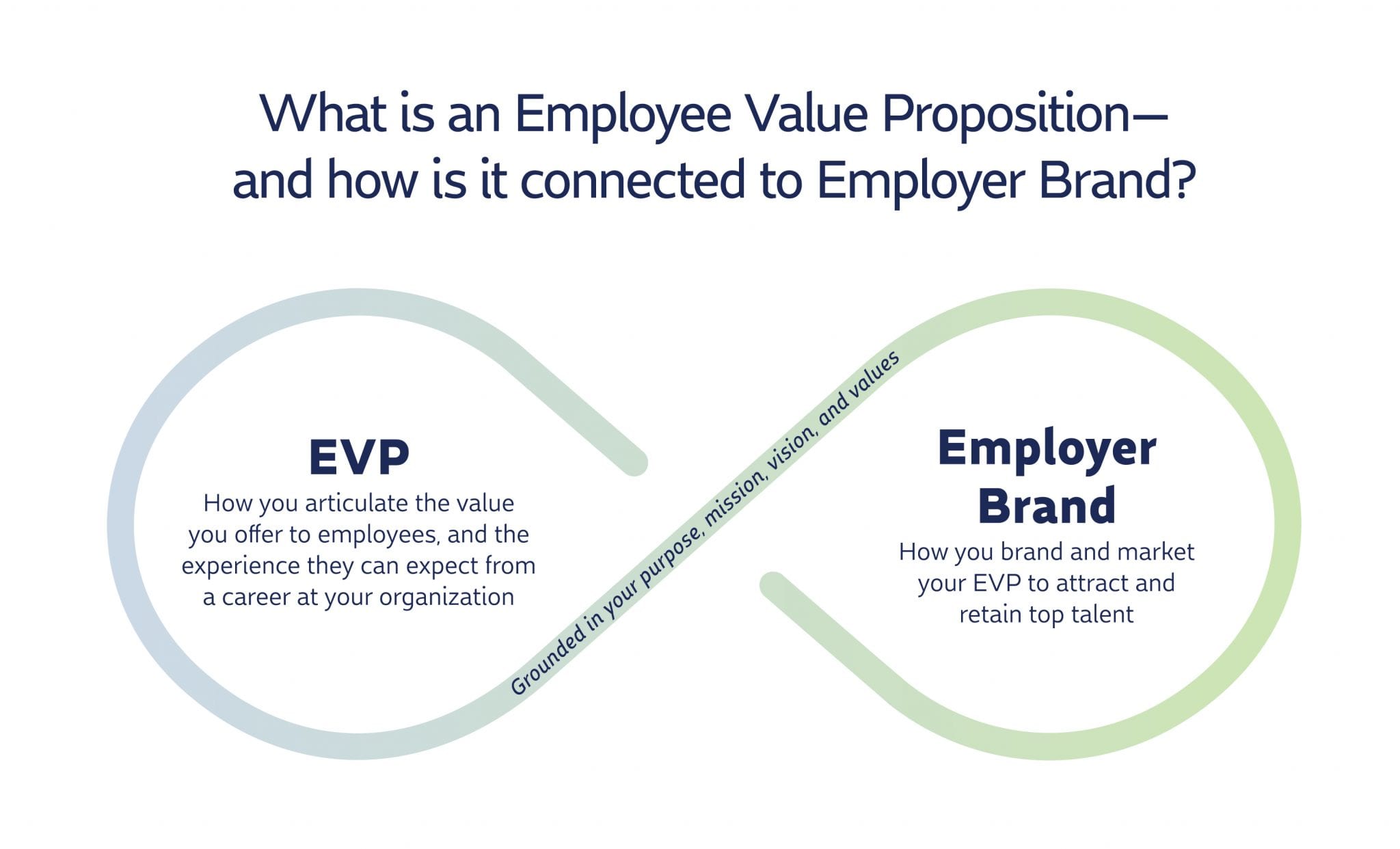Why Purpose is Important to your Business
Mobilizing employees around a common purpose benefits your company culture, brand reputation, and business performance
Business leaders today are increasingly aware of the critical need to connect employees to a sense of meaning and purpose at work.
9 out of 10 employees are willing to take a pay cut for more meaningful work.
In a global study of nearly 500 executives, well over 80% believe a strong sense of purpose drives employee satisfaction and affects an organization’s ability to transform. According to Gallup’s most current State of the Global Workforce Report, “[Employees] are now driven more than ever by company mission and purpose, and require a workplace culture that delivers it.” They’re right; research also shows that more than 9 out of 10 employees are willing to take a pay cut for more meaningful work.When it comes to a company’s sense of purpose, customers are also weighing in. This is especially true among millennials and Gen Z, who are most likely to vote with their dollars for companies that are dedicated to improving society or the environment. The population at large is also becoming more highly attuned to companies’ moral compasses: in a recent study, nearly three-quarters of adults who were polled agreed that public companies should be mission-driven as well as committed to customers and shareholders.
As much attention as these ideas have received lately, the concept of meaningful work is hardly new. We all know that feeling connected to a broader sense of meaning through our work is a core part of what makes work — and life, even — enjoyable for us as human beings.
But as companies grow larger and more complex, employees can quickly become further removed from the core purpose that unites them. Showing up for work each day feels like drudgery to millions of Americans. With just 33% of U.S. employees reporting a strong sense of engagement at work, it’s more important than ever for leaders to make a stronger effort to connect people to a sense of purpose at work.
Purpose, however, is not something that can simply be conjured up by well-intentioned leaders. Just as customers can sniff out an inauthentic brand, so too can employees sense when a company’s purpose and set of shared values are just words on a wall.
The challenge leaders face is that integrating an authentic sense of purpose throughout the entire organization is no easy task. It means clearly defining and articulating an authentic purpose, or “north star”, and then mobilizing every employee, regardless of role or job level, behind it. Clearly, this is a feat that’s easier said than done — but it’s not impossible.
Drawing the Line of Sight
At Blue Beyond, we call the connection between a company’s people and its broader purpose the “Line of Sight.” In other words, it’s the through line that connects the company’s higher-level purpose to the work of each department, team, and employee. Drawing the line of sight can be done in three phases, described below.
- Phase 1: Articulate company purpose/mission: The first step to drawing a line of sight between employees’ work and a broader sense of purpose is to articulate what your company’s purpose is in the first place. Why does your company exist? What value does your company bring to the world? Consider the parable of the three bricklayers. When a passerby asked each man what he was doing, the first replied, “I’m laying bricks.” The second replied, “I am building a wall.” And finally, the third man said, “I’m building a cathedral.” Are your employees laying bricks, or building a cathedral? What is the end result of your company’s work; the lasting benefit to society? The only way for people to know starts with whether leaders understand — and can articulate — the answer to that question themselves.
- Phase 2: Identify team contribution: Once the company’s broader purpose has been established, department and team leaders should reflect on how their work helps to achieve these outcomes. What impact does your department or team have on company goals, and on other teams? What would happen to the company’s broader purpose — and by extension, the world at large — if your department did NOT exist? Even departments that feel more removed from the company’s core purpose play an important role in the broader functioning of the company. It’s important to understand not only what impact each team has on the overall purpose, but also how all teams function together as a unified group to make an impact together.
- Phase 3: Connect to the individual: Ultimately, the power of purpose comes into play when each individual employee understands how their efforts align to it. It’s important for leaders and managers alike to keep the company’s purpose in front of employees, and to talk about how their individual efforts are important to achieving the company’s end goals.
The power of purpose comes into play when each individual employee understands how their efforts align to it.
The more clearly that connection can be articulated, the better. There are also little ways managers can help employees feel a sense of purpose on a daily basis. Actions such as saying thank you for a job well done, asking people for their ideas and input, and hosting team celebrations and recognition events are all ways to help inspire a sense of meaning independent from the goals of the broader company.
Internal/External Brand Alignment
When a company has articulated its purpose clearly and employees are mobilized behind it, the external brand comes to life as a reflection of the strength of the internal culture. They are really two sides of the same coin, with the sense of purpose authentically extending out into the world to customers, employees, and all who come into contact with your organization.
